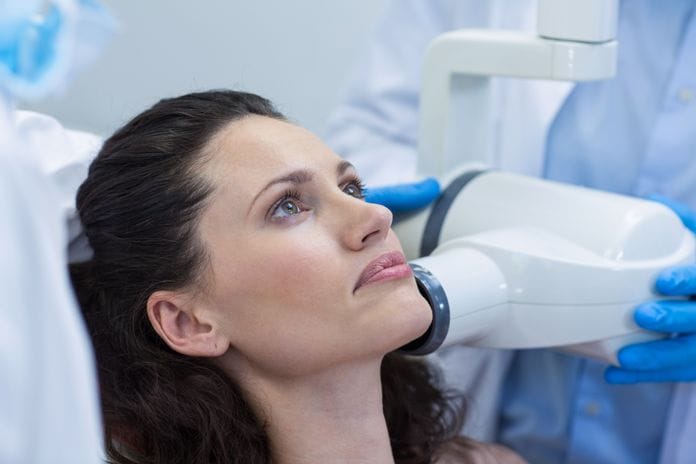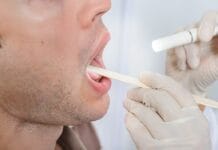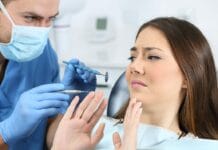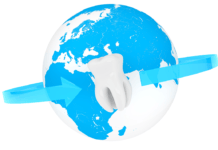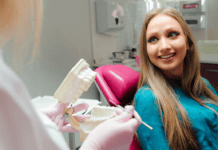For some, a dental appointment is a fearfully, dreaded appointment; while others don’t mind or even eagerly anticipate the appointment. However, no matter which side of the fence you are on it seems to be a mutual consensus that no one enjoys dental X-rays, and many are confused why they are even necessary. Often, dental professionals are questioned about the need for dental X-rays, yet even with thorough education, many patients simply forgo X-rays to save a dollar, or because of something they read regarding their safety. Allow me to lay those suspicions and curiosities to rest.
Before we get to the good stuff, let’s just quickly touch on the subject as to why your dental professional needs X-rays in the first place. If your clinician says it’s time for bitewing X-rays, what they mean is it is time for X-rays which evaluate the bone levels around your teeth, which can become destroyed if you have gum disease, and detect cavities between the teeth; all of which cannot be seen with the naked eye. It’s better to catch gum disease or a cavity in the early stages before they progress to a point where a simple filling or a regular dental cleaning won’t suffice.
Occasionally, your dental professional may suggest taking a periapical X-ray, commonly referred to as a PA. These X-rays are single images of a tooth’s entirety – all the way from the tip of the root to the top of the tooth you see. These are unlike bitewing radiographs, which cannot see to the tip of a tooth’s root. PAs help diagnose any root anomalies such as abscesses, cysts, and tumors. If you have a toothache, a PA must be taken to help determine the cause.
Every 3-5 years, your dentist will need a full-mouth series, or FMX, which is a combination of PAs (entire X-rays of each tooth) and bitewings. It’s important for your dental professional to have a comprehensive picture of all your teeth because gum disease and cavities don’t often cause pain in the beginning stages, which is why detecting them with X-rays is imperative. Prevention, and catching any issues early, is cheaper than restoration (i.e., fillings, root canals, crowns).
Lastly, your dentist might need a panoramic X-ray every 3-5 years. This radiograph shows the entire mouth, and surrounding structures in one image, including nasal structures, sinuses and temporomandibular joints (TMJ: joint that opens and closes your jaw). This is the X-ray professionals commonly use to evaluate wisdom teeth. Beyond evaluating wisdom teeth, a panoramic X-ray captures impacted teeth, cysts, fractures, infections, and tumors. A pano can even spot a clogged carotid artery, before you may experience symptoms of an impending heart attack, which is a lifesaving find.
Many patients are concerned for their safety when exposed to radiation. Rest assured there are many other forms of radiation in life that are far worse than dental X-rays. Many you are probably completely unaware of. The maximum annual dose permitted for U.S. radiation workers is 50.0 mSv. To set the bar, let’s go ahead and reveal the dosage of the most commonly taken X-rays at your routine cleaning appointment – bitewings. The dosage of 4 bitewing radiographs taken with d-speed film (in other words not digital) is 0.038 mSv. If those bitewings are taken digitally, that dosage reduces to 0.02 mSv. Now let’s see how that measures up to other forms of radiation in life.
- The dosage of a whole body CT scan is a whopping 10.0 mSv!
- A mammogram packs a dosage of 0.42 mSv.
- The average radiation in the U.S. from natural sources on an annual basis comes in at a dosage of 3.0 mSv.
- A chest X-ray has a dosage of 0.10 mSv.
- Radon in the average U.S. home on an annual basis is a dosage of 2.28 mSv.
- The annual dose received by food and water (potassium) is a dosage of 0.4 mSv.
- A cross-country flight from New York to Los Angeles comes with a dosage of 0.04 mSv.
- Living in a brick/stone/concrete house (annual) has a dosage of 0.007 mSv.
- Smoking one pack of cigarettes brings with it a dosage of 0.0049 mSv.
- Eating a banana will give you a dosage of 0.0001 mSv.
Radiation comes in all shapes and forms, not just from X-ray images. You receive more radiation from a single flight across the country than with bitewing radiographs at your dental appointment! However, no one thinks twice when booking their vacation and boarding that plane. If your dental professional needs X-rays, please be comforted that he/she is not only highly educated in making the decision, but is doing so for a legitimate reason – your health. “To see is to know. Not to see is to guess! And we won’t guess when it comes to your oral health.”
SEE ALSO: Ask Kara RDH: Holding the X-ray Sensor While Exposing Radiographs
DON’T MISS: Handheld X-ray Units: Are they safe and easy to use?
Sources
- https://www.radiologyinfo.org/en/info.cfm?pg=safety-xray
- https://www.epa.gov/radiation/radiation-sources-and-doses
- https://www.epa.gov/radiation/calculate-your-radiation-dose
- https://www.nrc.gov/about-nrc/radiation/health-effects/info.html#dose
- http://www.ada.org/en/member-center/oral-health-topics/x-rays
- https://www.ncbi.nlm.nih.gov/pubmed/15897284
- https://www.ncbi.nlm.nih.gov/pubmed/18762634

